How to succeed as a designer-maker
Your guide to creating and selling your own products.
Earning a living through making and selling your own products may seem far-fetched, but it is absolutely possible. For freelancers looking to diversify their practice and make a little money on the side, boosting your design portfolio by transforming your illustrations into gift cards or creating your own pin badges can be a staple of being savvy in business.
Thanks to platforms such as Etsy and Not On The High Street, it's never been easier to turn your designs into real products – and find buyers for them, too. An online store can be yours, with minimal overheads. For other places to sell your wares, see our best places to sell design online roundup.
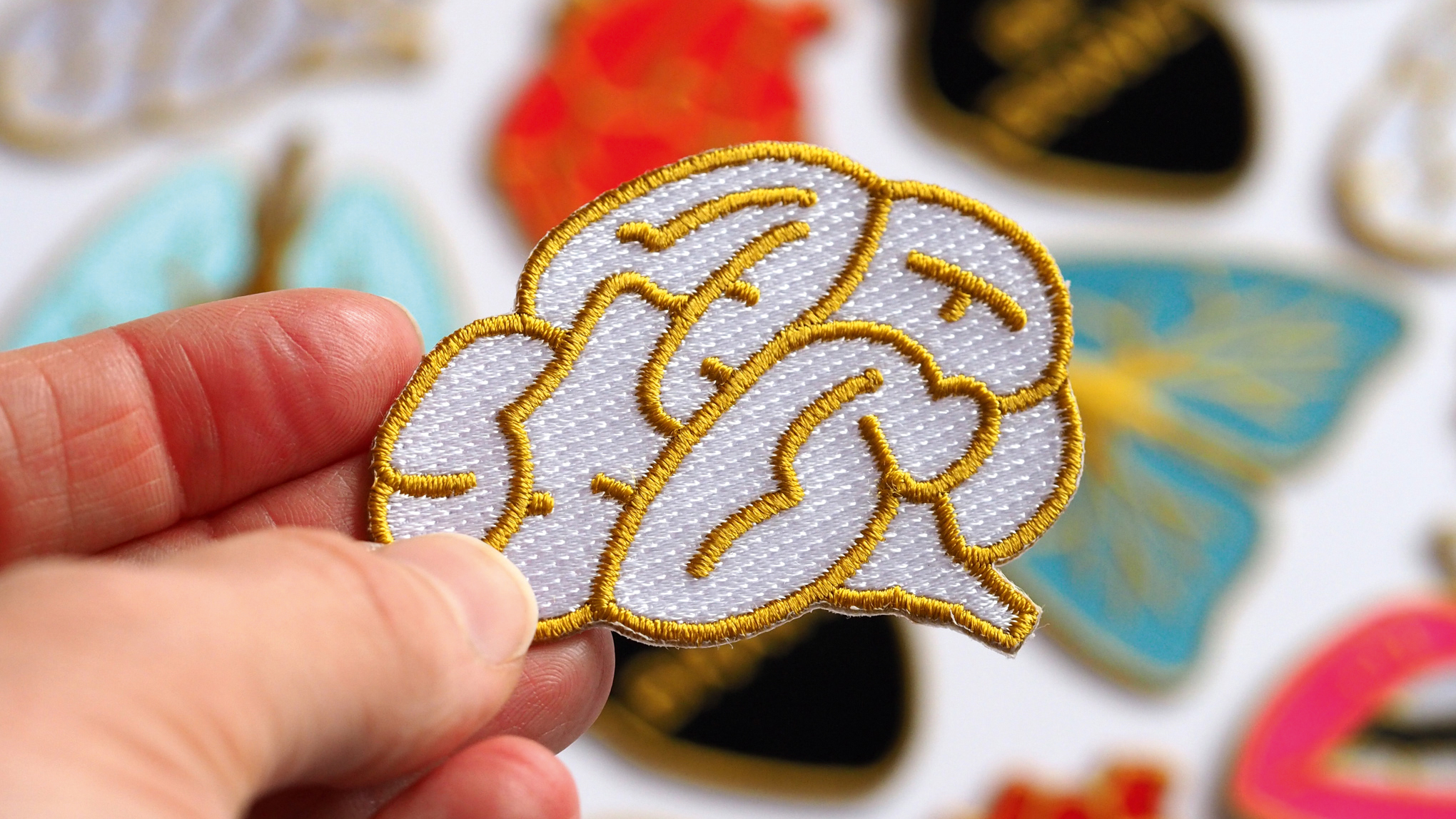
With 38 million unique visitors per year, many sellers on Not On The High Street (NOTHS) say it’s worth the investment (£199 joining fee and 25% commission, plus VAT). The platform’s strict guidelines and tough application process mean that only the best of the best secure a spot on the site, assuring quality control and less competition as a result.
By contrast, US-based website Etsy operates on a bigger scale, with 2021 bringing 90 million active buyers. It’s open to anyone, which helps if you do not have a track record of selling or if your products don’t fit in with the style of other, more selective websites. Listing an item for four months, or until it sells, costs just $0.20 (roughly 16p), plus there’s a small commission and payment processing fee (roughly 10 per cent in total) on each purchase.
Though competition is fierce and quality control is almost non-existent, with relatively low set-up costs and commission rates, it is still the number one choice among the creative community. See our how to sell on Etsy guide for tips.
01. Take the leap
An early adopter of Etsy, illustrator Sarah Meredith set up her online store under the pseudonym RockCakes in 2008. After leaving her well-paid role as production manager at a leading London jewellery company, she relocated to Brighton to pursue a career making and selling her own products.
"I’d always had a burning desire to have my own business – to have creative freedom and work for myself," she says. "I wanted to make and sell the jewellery ideas that popped into my head. I love clothing as well as jewellery – patches bridge this gap and are also super-accessible."
Get the Creative Bloq Newsletter
Daily design news, reviews, how-tos and more, as picked by the editors.
Etsy changed my life! Although it’s 24/7, so it’s hard to switch off
Sarah Meredith, RockCakes
Allowing her to be a full-time mum and worker, Meredith only has praise for the flexibility Etsy has given her. "Etsy changed my life!" she grins. "Although it’s 24/7, so it’s hard to switch off."
Finest Imaginary founder Kim Lawler sells across multiple sites. "I try not to spread myself too thin with direct sales, so only sell directly via my own website, Etsy and Not On The High Street," she says. "I have quite a number of stores who stock my items – they place wholesale orders with me, and I’m also super-lucky to be have been stocked at some major galleries."
Investing in her own production materials and equipment to produce laser cutting in-house, Lawler always has materials in mind when she starts designing, usually with pencil and paper. "I’ll then move to the computer where I vectorise the design and split its layers ready for the laser cutter. I have my own laser cutter, so it’s not unheard of for me to have an idea in the morning, and a finished product by the afternoon."
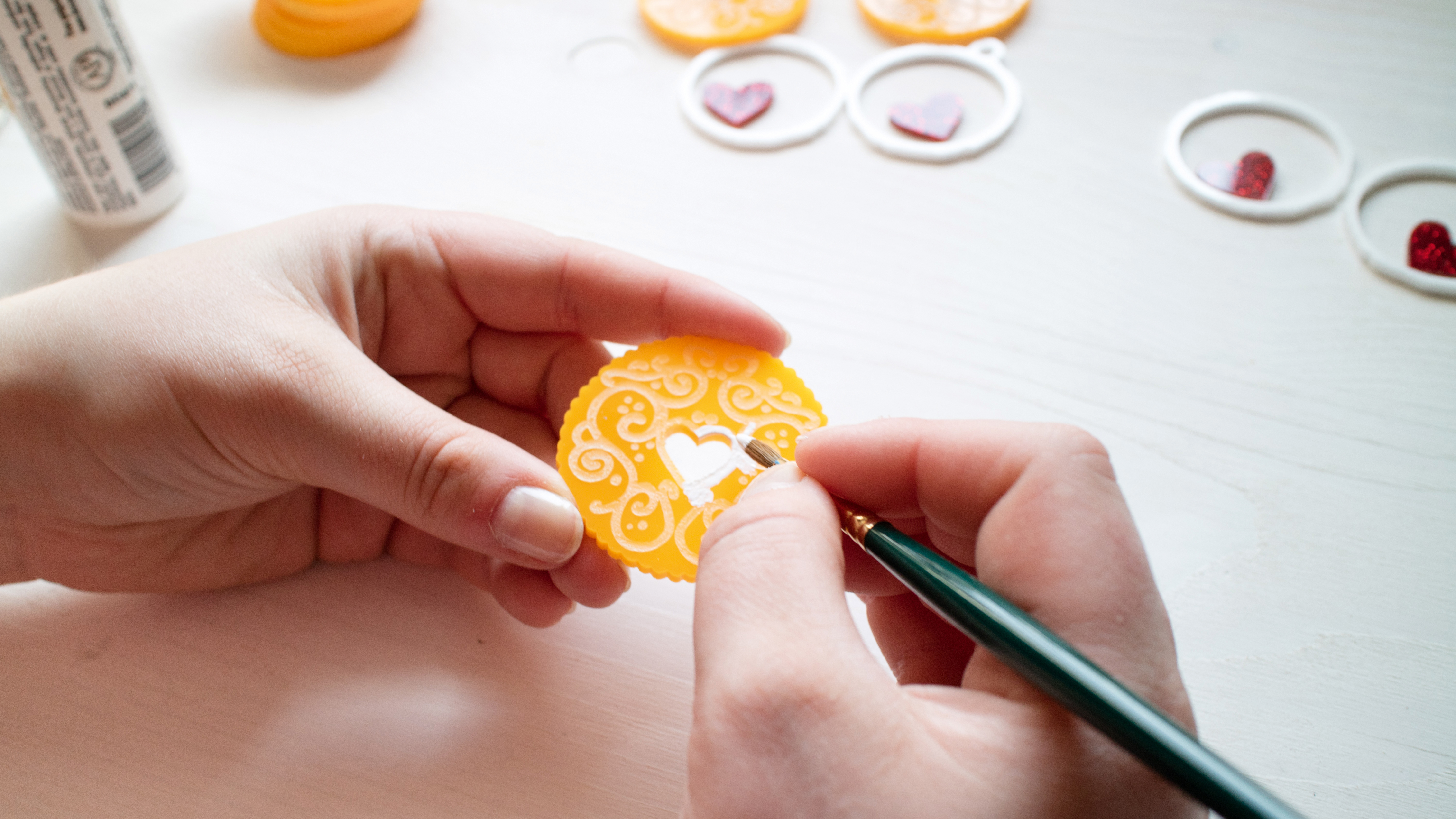
Lawler usually starts off with small runs, around five of each product. "Back when I used to get my laser cutting done by another company, I’d go in at around 20-30 pieces for new designs and cross my fingers they didn’t bomb," she recalls.
With other products, such as pins and patches, Lawler says many manufacturers have MOQs (minimum order quantities), or tempting price breaks for higher quantities. "Buying in these larger amounts can be a bit risky, but if you’re prepared to hold on to the stock until it sells (or happy to have a clear out sale every now and again), then it can still work."
Lawler has also started making laser-cut acrylic jewellery, which she chose to create for the ease of production. "Perspex is such a versatile material to work with," she says. "I sometimes buy different colours, finishes and special types of perspex without an idea in mind, just because I just love how it looks."
Brighton-based designer and illustrator Abi Overland recognised the potential to create a sustainable income by applying her designs to ceramics, and launched her first fine bone china collection in 2015. "I loved the idea of creating works of art that were accessible to people in their everyday lives, and ceramics had always been an interest of mine," she says.
It can be tough walking the line between being commercial with your designs but not so much so they go out of fashion quickly
Abi Overland
Taking a part-time job to secure a small loan for the business, she purchased her first load of stock, and to keep her carbon footprint low, opted to source a local manufacturer to bring her designs to life. "Each collection of fine bone china is produced, screenprinted and hand-decorated in Stoke-on-Trent – I wanted to produce high quality products and support the local economy," she explains. Since then, Overland has been featured in Vogue, Elle and M.
Manufacturing locally has not been without its downsides, however. "It means the cost of production is quite high. I’m an advocate of slow fashion, but it can be tough walking the line between being commercial with your designs but not so much so they go out of fashion quickly."
02. Decide where to sell
Selling her products on a variety of platforms, including NOTHS and, alongside Etsy and her own website, Overland also has stockists in The Netherlands and Geneva, and sells at events and markets. "I find online, you have to be selective with the places you sell in order to not be too available, but still create opportunities for people to discover your products in the environment you want them to be seen."
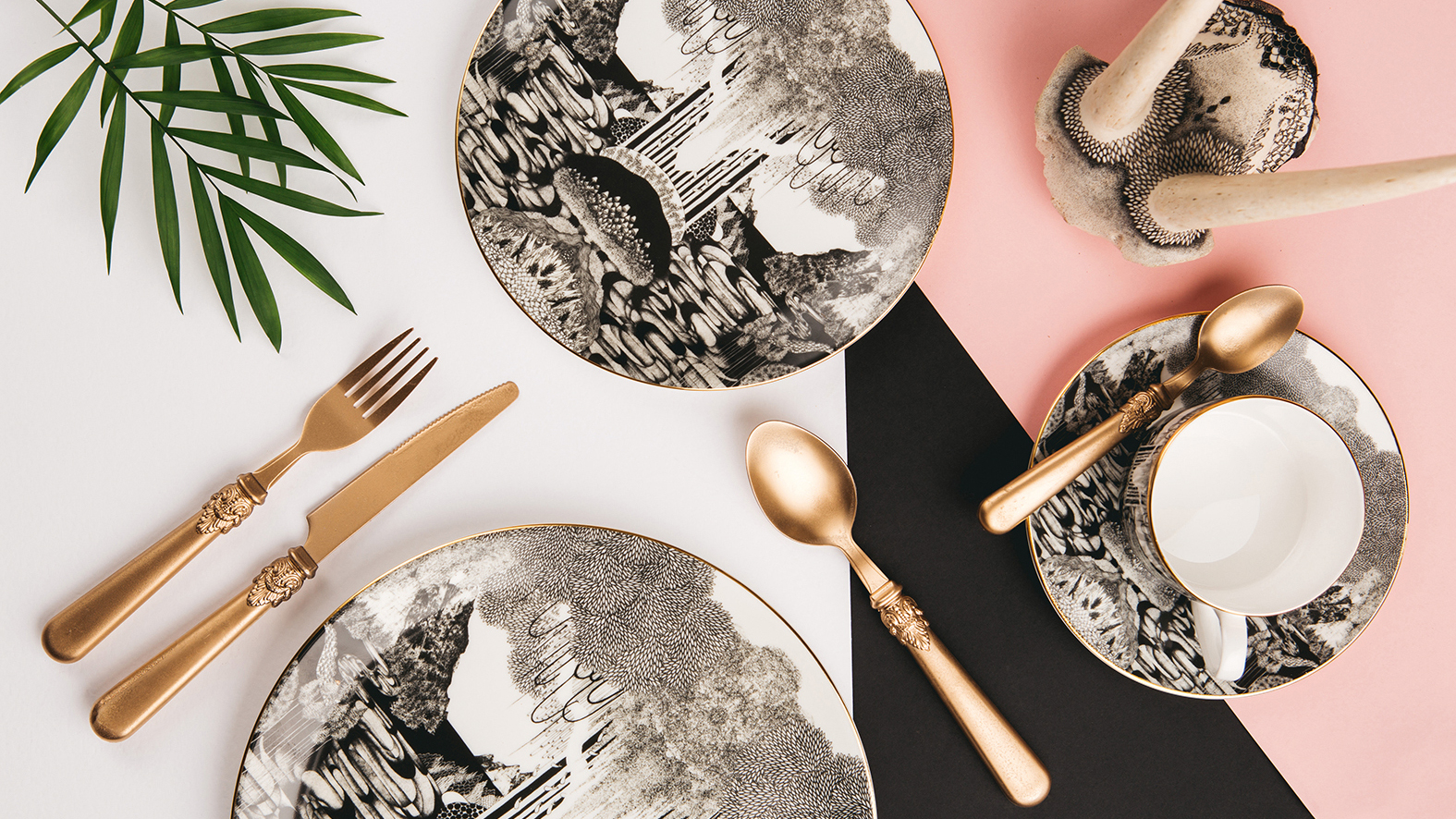
This is a sentiment shared by Dutch graphic designers Felix van Dam and Winneke de Groot, who founded We are out of office in 2013 while both were working at different design studios. "We love screenprinting and started to print batches of postcards for fun. We just had this urge to make things our way and we figured if we made small products we could also design the packaging," says van Dam.
Known for their bold, colourful graphics and geometric prints and quirky pin badges, the pair have become something of an Instagram sensation, amassing a following of 118,000 globally. "We produce quite a lot of products and almost everything in limited editions, so the stock moves fast," says van Dam.
We quickly realised we wouldn’t be able to attract a fraction of the people Etsy had for us
Felix van Dam, We are out of Office
"Instagram makes it really easy to capture all this quickly, and is easier than listing items on a store. People can see directly what we do and how we illustrate. It also works well for us because we make small and not-too-expensive products. A lot is within the ‘I could give this as a present’ range. Our work is also visual, it doesn’t need a lot of explanation, which is perfect for an image-led platform like Instagram."
Selling exclusively through Etsy while their own website remained perpetually under construction, van Dam admits that the pressure of having a website vanished when their Etsy store quickly took off, enabling them to go full-time on their business within a year. However, the pair now have a dedicated store outside of Etsy, and a wholesale shop, too.
Since this article was written, Instagram has introduced a direct selling function – find out more in our how to sell on Instagram guide.
03. Make a connection
Art markets have seen a resurgence in recent years, with the likes of East London Comic and Arts Festival (ELCAF) and London Illustration Fair providing a platform for independent makers to sell their wares to the masses.
With such a healthy online business, selling at art markets is secondary to We are out of office’s enterprise. "Fairs can be so much fun but they can also be terrible," laughs van Dam. "In Holland, they are mostly outdoor and you can be at the mercy of bad weather... But ELCAF is so much fun! The audience really understand what we’re doing and it’s refreshing to talk to people face to face. An experience like this is definitely better than selling online, but it can be exhausting."
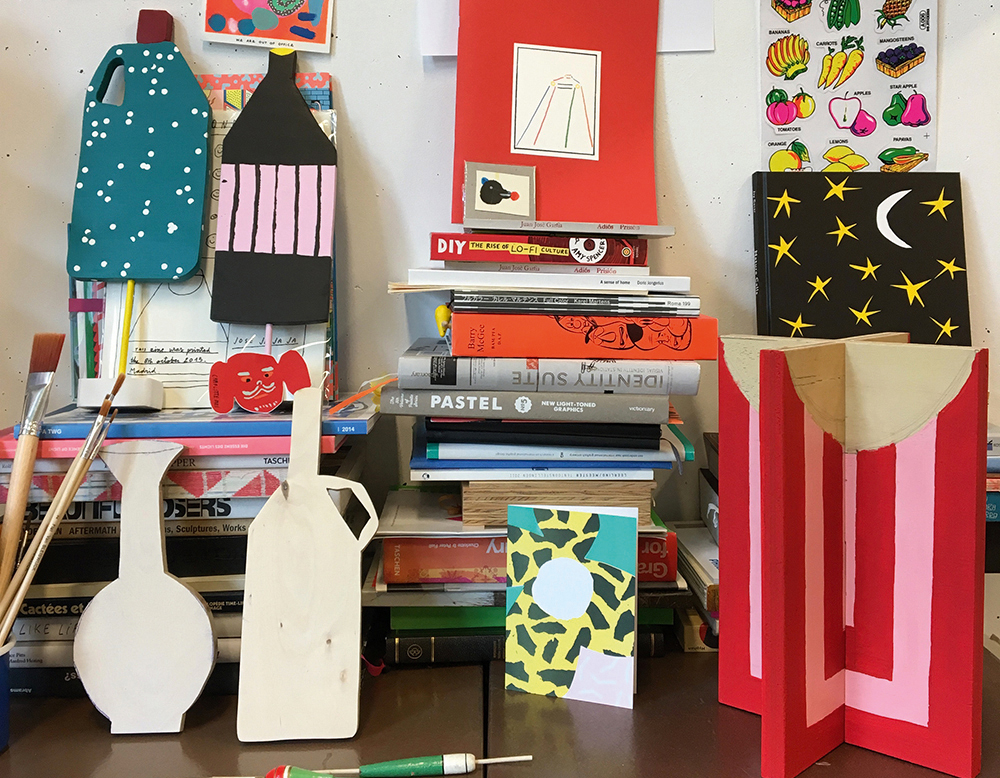
Lawler has a similar approach to markets. "Markets and pop-ups are great cash injectors, but let’s face it, if we did them every weekend we’d have no life and we’d be completely burnt out," she says. "Having a steady stream of income online is way more manageable."
Etsy is her preferred online marketplace. "Etsy was the first place I ever sold anything, so it makes for a great testing ground for your products. Once you’re established and with a large product range, you’ll probably turn a decent profit through Etsy. Right now, Etsy and my own website count for the majority of the profit in my brand."
Meredith loves meeting her customers: "I love selling at fairs, I’ve met some of my best friends at craft fairs, be they other stall holders or customers," she says. "People like to meet the maker, go home, ponder and order online. If somebody pauses at my stall for a second, chances are that I have greeted them and given them a business card – there’s still a potential sale there."
Her biggest challenge? Impatient customers. "The Amazon culture has definitely made people want things, like, yesterday. I was once threatened with legal action because a $7 pin badge had not made it across the Atlantic in 48 hours – it was ridiculous, but still got to me – complaints can be hard to shake off."
04. Price it right
Figuring out your prices is the hardest part of it all, admits van Dam, who advises against calculating prices based on hours spent: "The prices won’t make sense and things would become way too expensive to produce." Instead he recommends researching the market to determine a fair price for your customers. "In the beginning we looked at other illustrators, how much they charged and talked to shop owners. After a while you’ll learn how to price your products fairly, but it takes practice."
Lawler has an equation you can use to work out her wholesale and retail rates. "Your cost should be the price of all your materials, overheads and your time. Wholesale price is normally around two times your cost, and recommended retail price is between two and two-a-half times your wholesale price," she says.
Interesting products that might not sell loads are usually the ones that bring the customers to your store
Kim Lawler
"However, you might also want to look at market rates for similar items. Even if your cost price of a pin makes it work out that your RRP should be £9, when other sellers are selling theirs at £7, you’re unlikely to sell as many. Conversely, if you’ve got a product which you know could be retailing at way more than the equation comes out at, then don’t undercut yourself. Remember, if you’re selling on an online marketplace, you need to factor in all your fees, postage and packaging too."
Unsurprisingly, the products that make the best profit are the ones that have a healthy margin, are simple to produce, and sell regularly, as Lawler reveals. "That’s not to say you shouldn’t produce products that don’t fit into these brackets, though. Interesting products that might not sell loads, or might not have the highest profit margin, are usually the ones that bring the customers to your store."
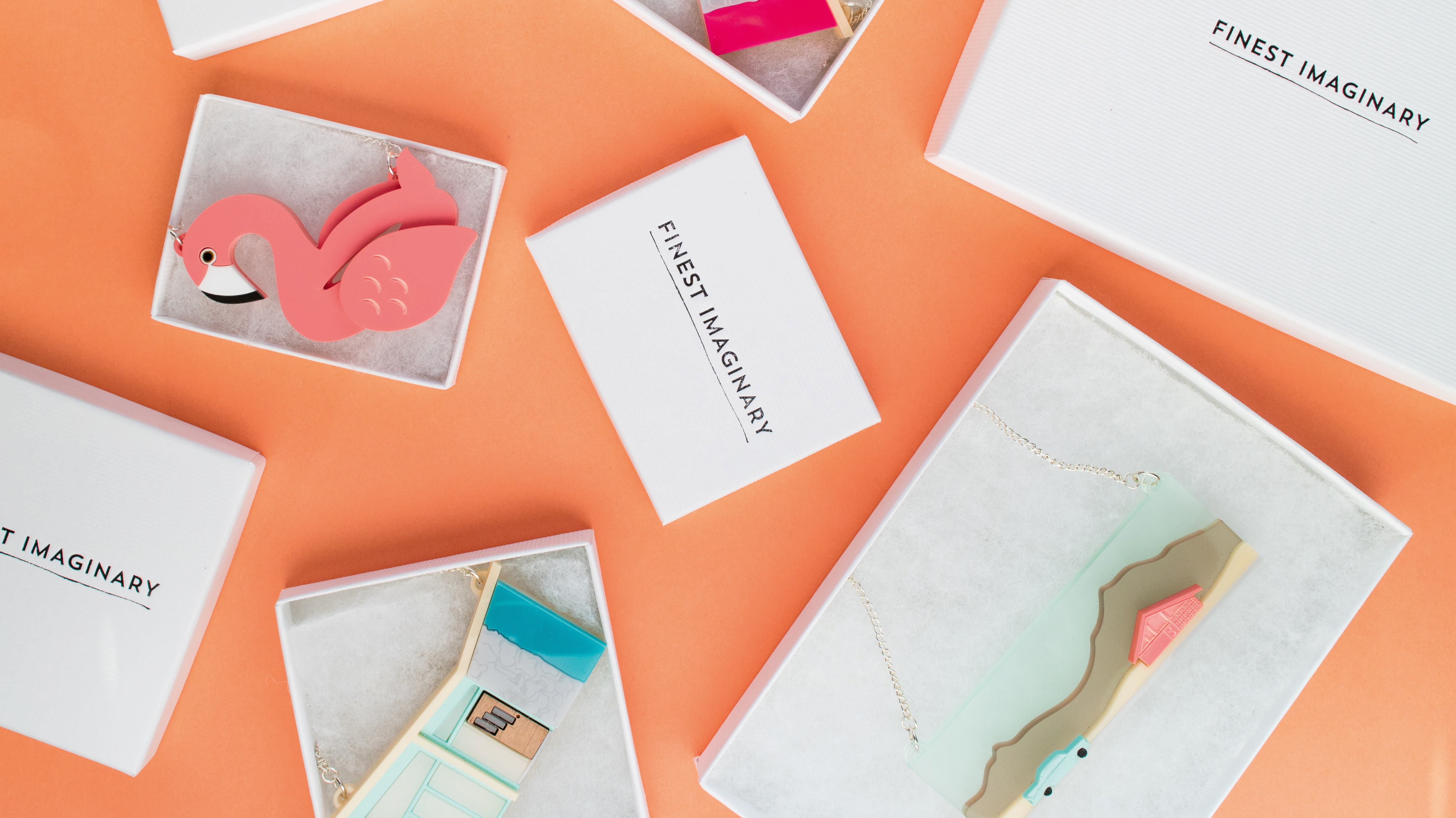
Meredith agrees, adding that these types of products often lead customers to the more commercial pieces. "I label my weird and interesting products ‘hook products’ as they catch your attention and reel you in but they aren’t necessarily what you’re going to end up buying."
For Meredith, who sells exclusively on Etsy, there are some disadvantages to using the site. "Platform changes and growth can be hard to keep up with. You’ve got to be all in to win on Etsy I think as it takes time, work and commitment to keep up with changes and with the competition."
Relying too heavily on trends can also make or break a business, and it’s essential to have more than one income stream to protect yourself. Take the trend for pins, for instance, or for nail art designs.
"When that started out, pin sales were booming," says Lawler, "but now the market’s saturated, the sales have started flattening out a bit. It’s been fun and profitable to ride that wave, but it’s a great example of why diversification and making sure your business is nimble enough to move on quickly is super-important. I’ve seen a lot of my peers shut up shop, lose money and have to go back to a nine-to-five. That kinda thing can be really scary, it makes you wonder if you’ll be next."
Lawler has also learnt from experience that you shouldn’t put all your eggs in one website. "I tend to sell the same stock on all websites, but I often have exclusives available on different ones. I like to make sure I’m turning profit in all my selling spots, and concentrate on the one I have ownership of – my website."
05. Find balance
It’s vital to manage your own expectations when it comes to making a profit, at the beginning especially, and this is one of the main reasons why Overland continues to freelance. "Building up a reputation, client base and a following takes time," she says. "There’s peaks and troughs and it’s a process of learning – in time it starts to become more stable. All my profits go straight back into the business in order to help it grow – you have to be prepared for that."
"It is hard to change the way of thinking of the general public to support more small and local businesses if it means paying a little more," says Lawler. "Slowly there’s a shift in people wanting to stop shopping on the high street and look to small businesses for products that are a bit more special, unique and high-quality in terms of design and manufacture."
As sustainability becomes increasingly prevalent as a talking point, and shoppers wise up to the provenance of the products they buy, the craft community can work together to encourage people to shop locally and support small businesses creating more and more opportunities for small designers to flourish.
This article was originally published in 2017.
Read more:

Thank you for reading 5 articles this month* Join now for unlimited access
Enjoy your first month for just £1 / $1 / €1
*Read 5 free articles per month without a subscription

Join now for unlimited access
Try first month for just £1 / $1 / €1
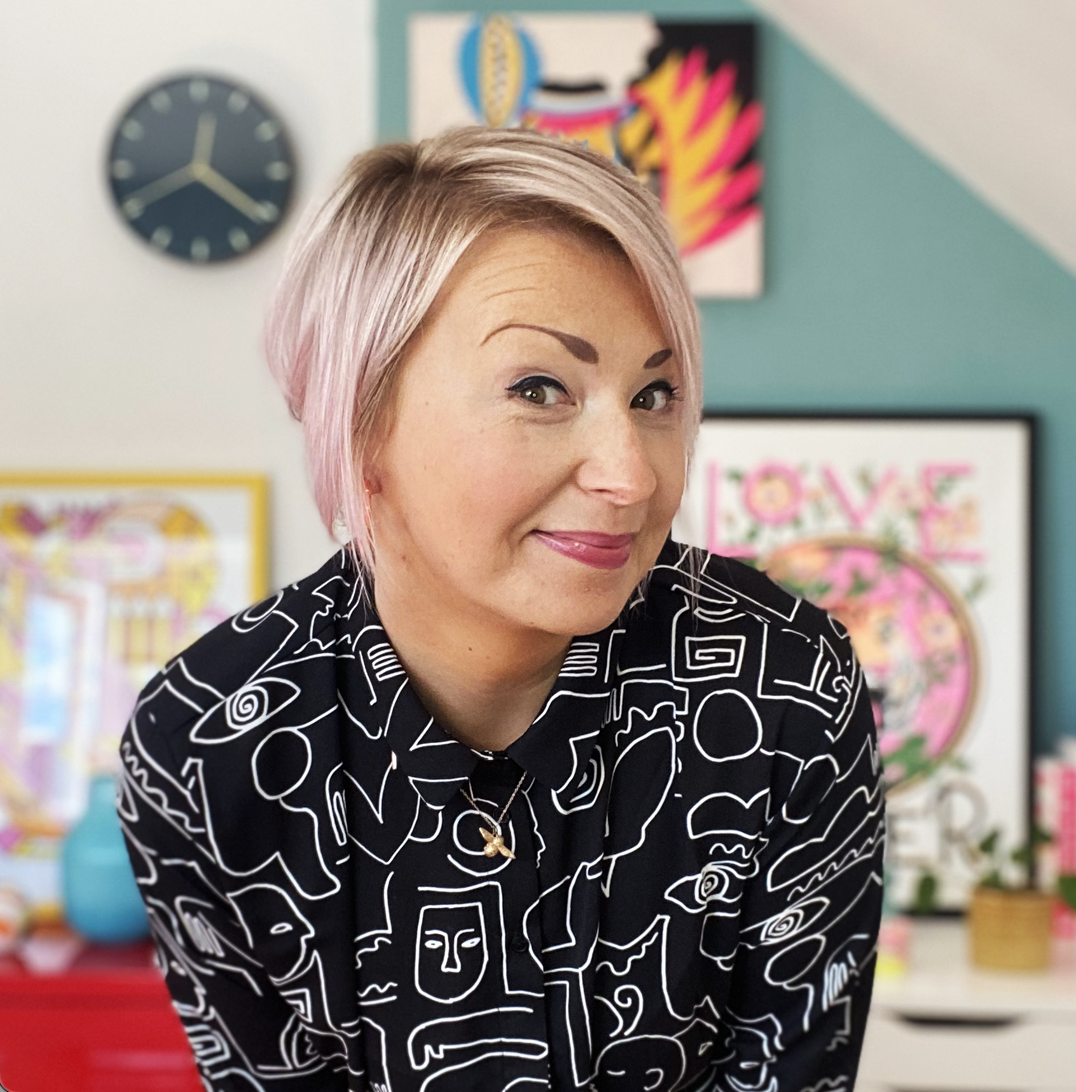
Lisa Hassell is a creative coach and the founder of Inkygoodness – a global community on a mission to connect, inspire, and empower the next generation of artists, illustrators and creative entrepreneurs.
- Georgia CogganEditor
